Back to Courses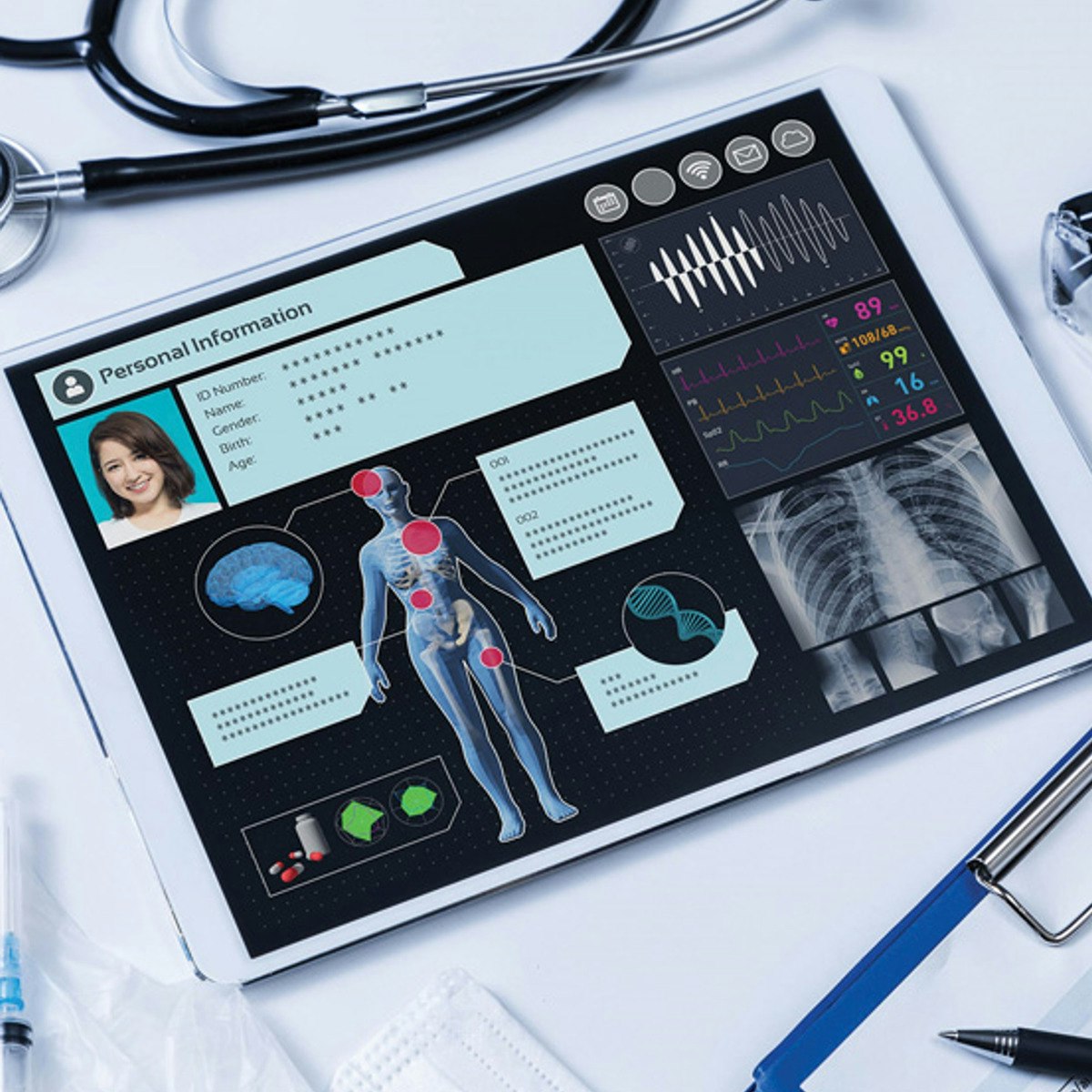

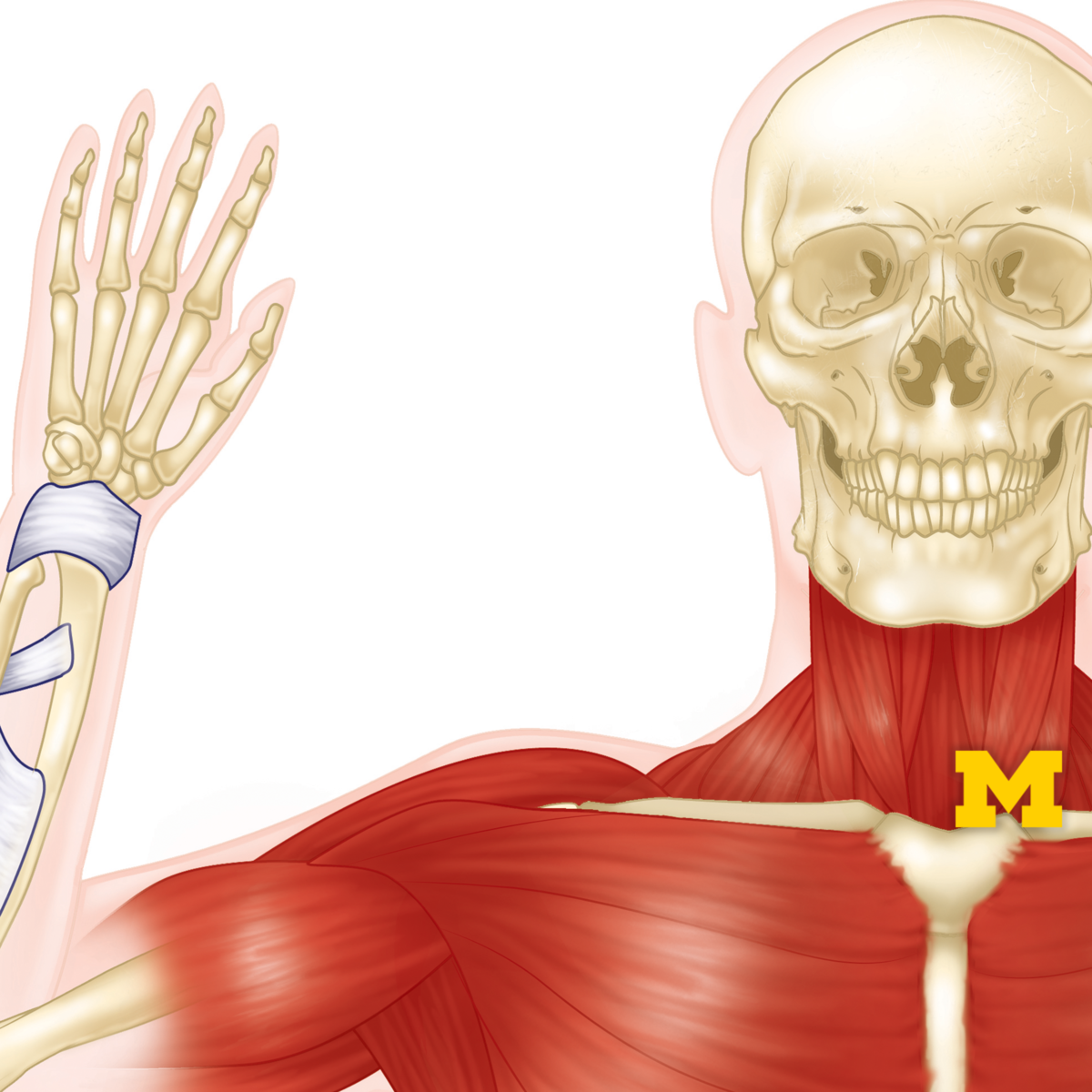
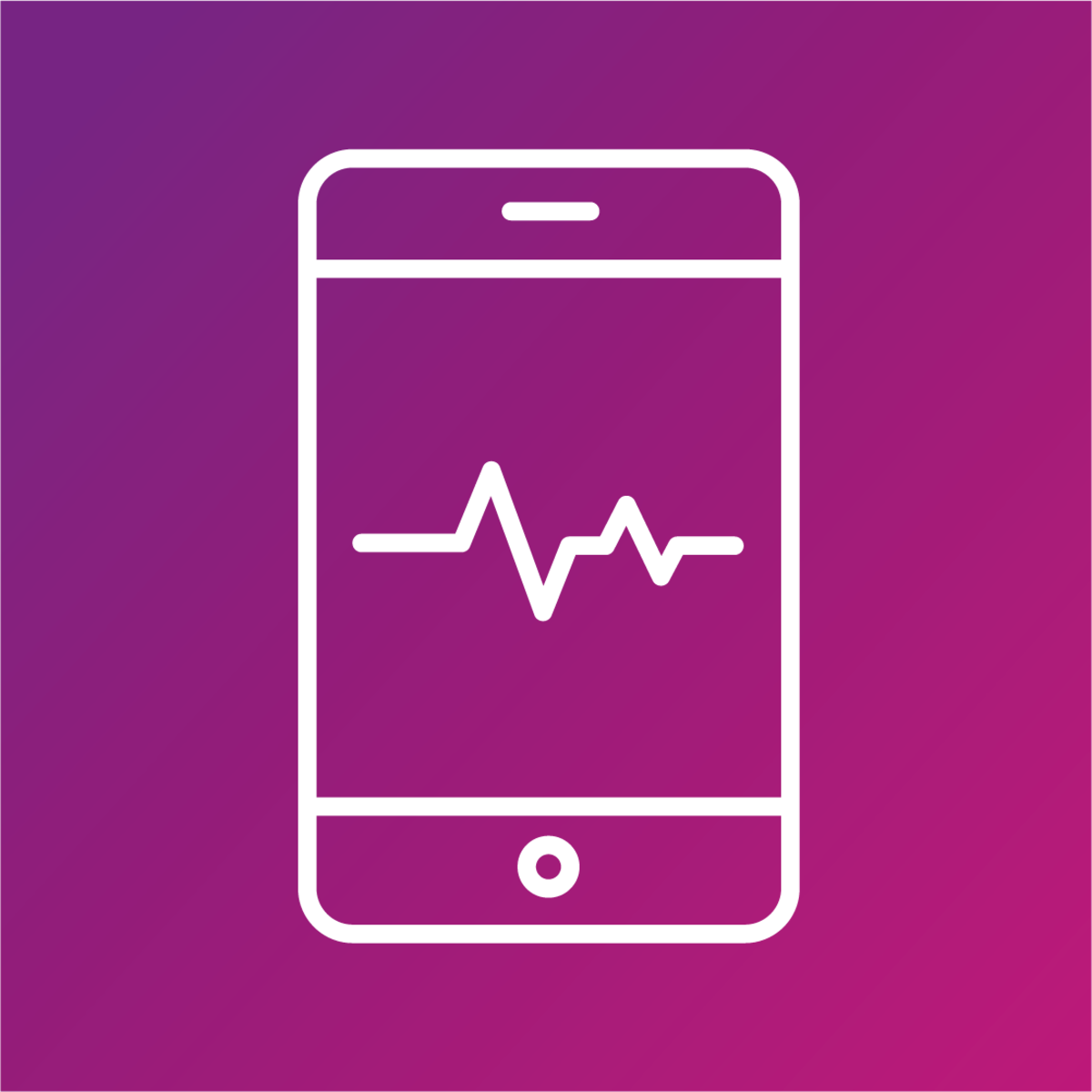
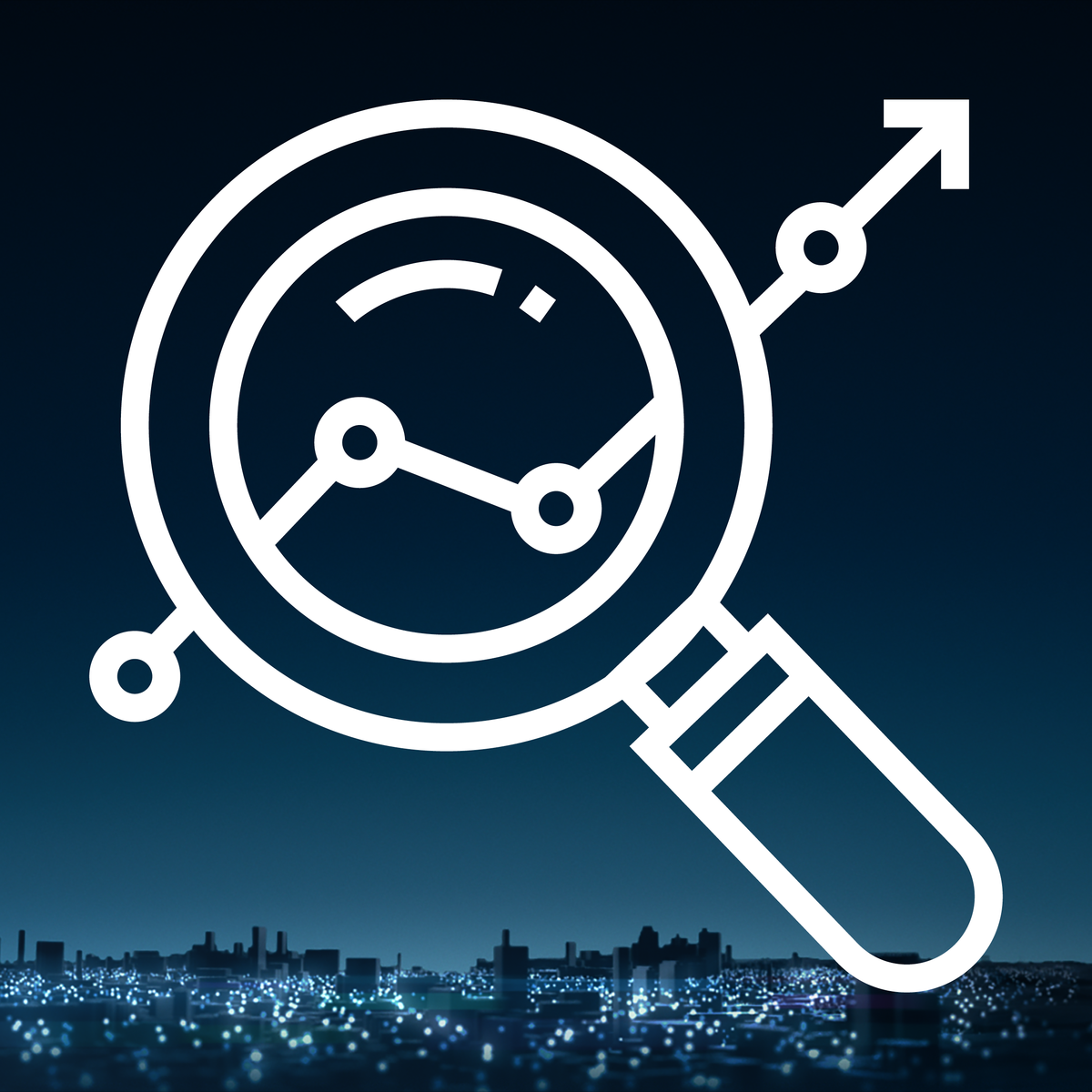


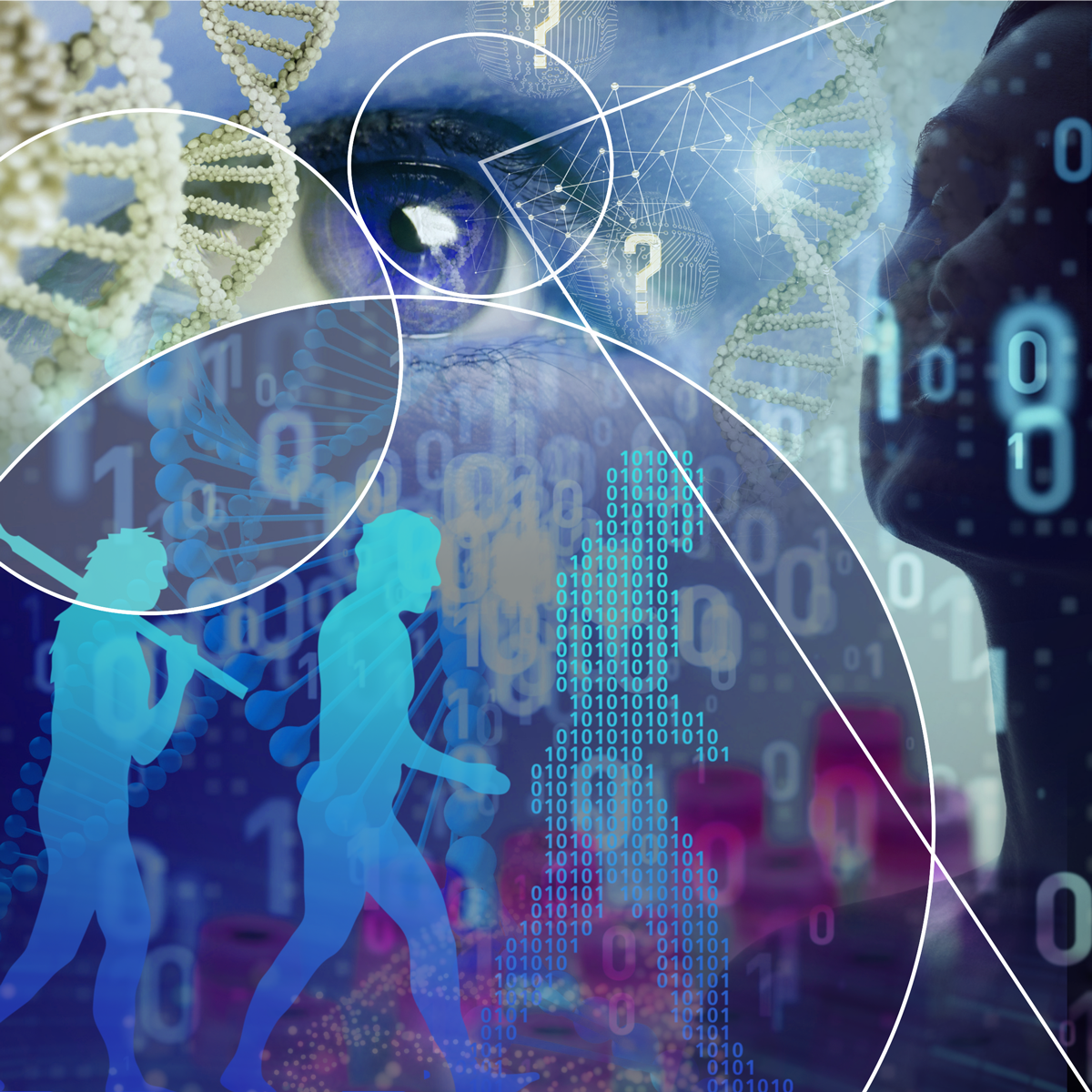
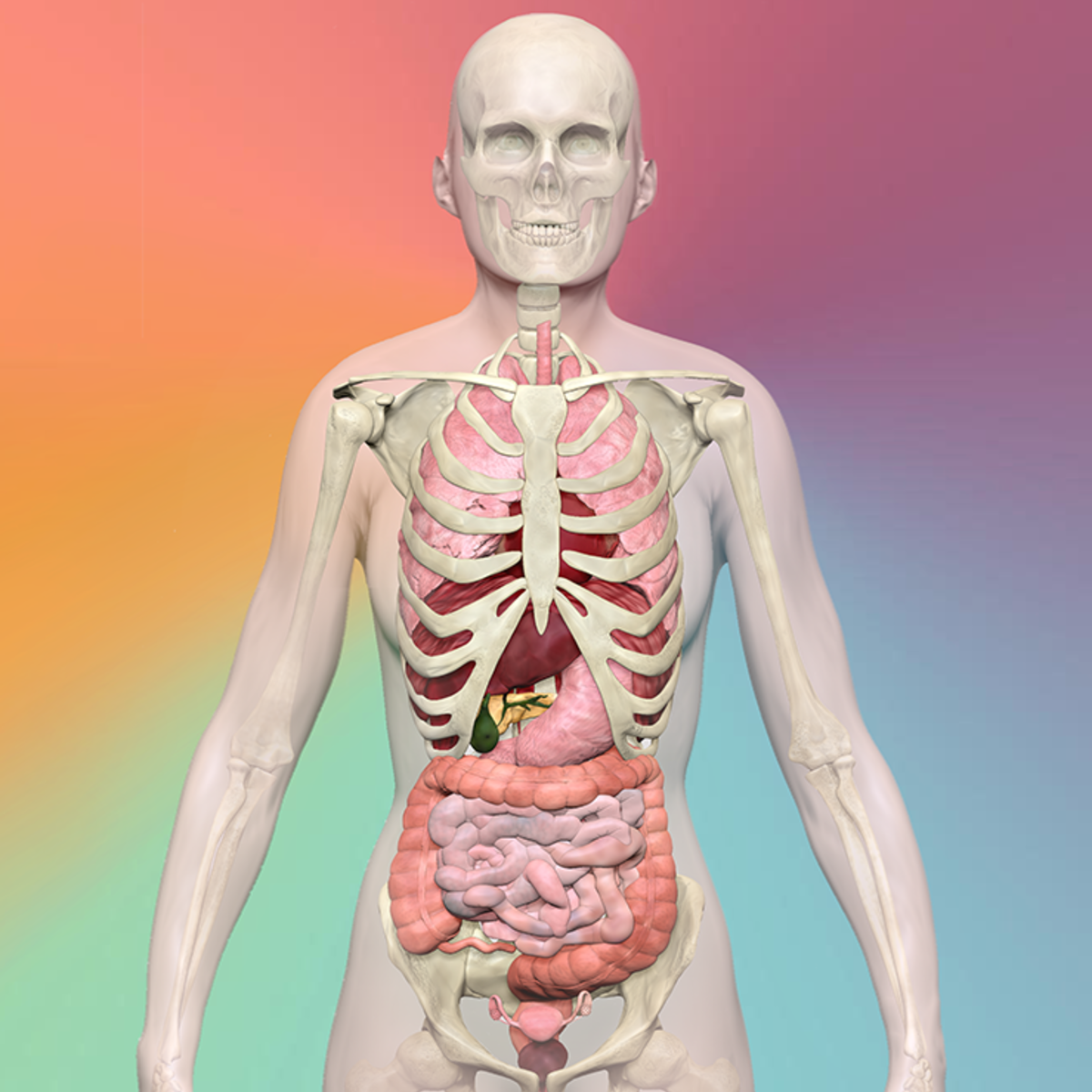
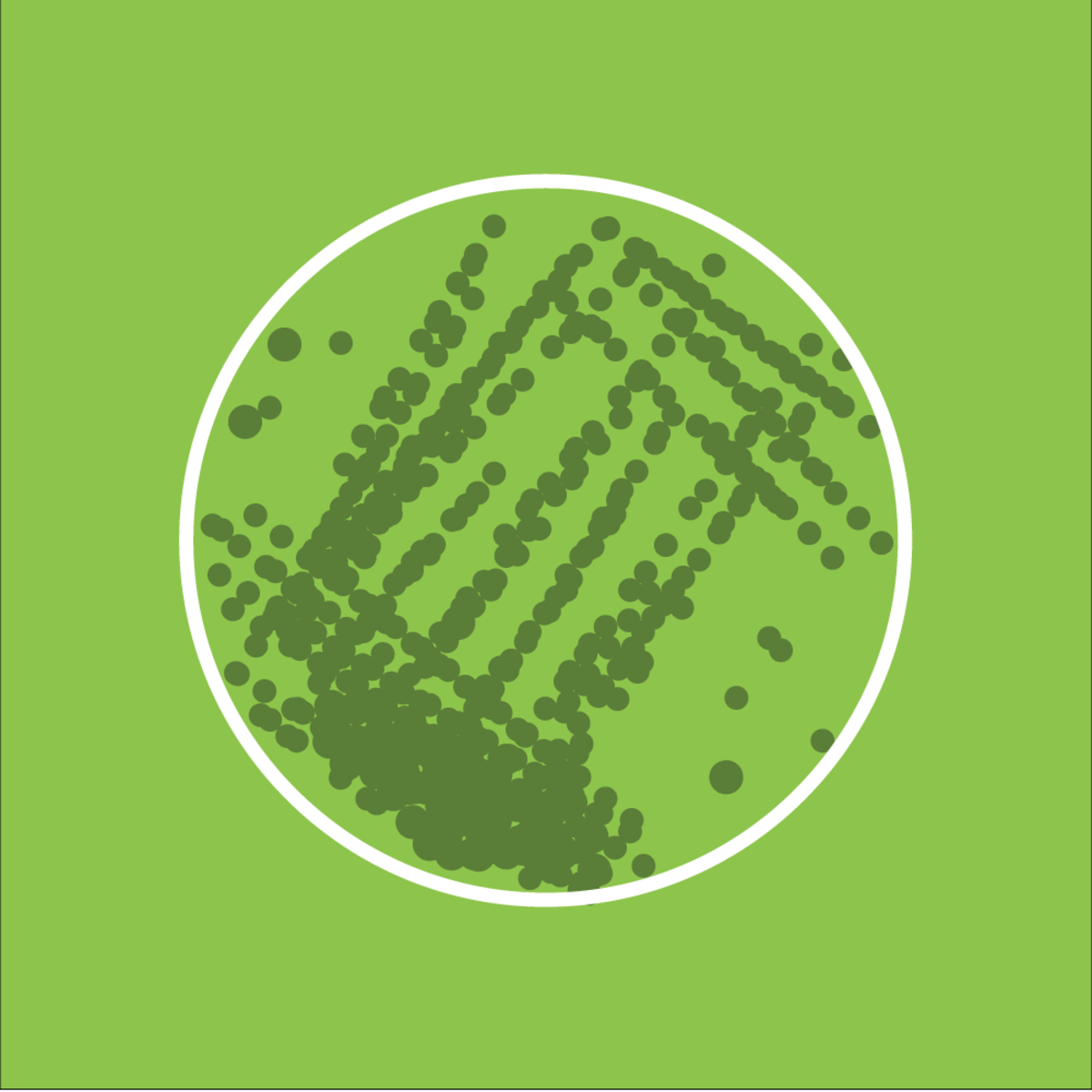
Life Sciences Courses - Page 40
Showing results 391-400 of 644
Explainable deep learning models for healthcare - CDSS 3
This course will introduce the concepts of interpretability and explainability in machine learning applications. The learner will understand the difference between global, local, model-agnostic and model-specific explanations. State-of-the-art explainability methods such as Permutation Feature Importance (PFI), Local Interpretable Model-agnostic Explanations (LIME) and SHapley Additive exPlanation (SHAP) are explained and applied in time-series classification. Subsequently, model-specific explanations such as Class-Activation Mapping (CAM) and Gradient-Weighted CAM are explained and implemented. The learners will understand axiomatic attributions and why they are important. Finally, attention mechanisms are going to be incorporated after Recurrent Layers and the attention weights will be visualised to produce local explanations of the model.

Climate Change, Sustainability, and Global Public Health
The third course of the Impacts of the Environment on Global Public Health specialization will introduce you to two major environmental health challenges facing the world today. The first is climate change –the preeminent threat to public health today, and a threat that will impact every human and ecosystem on the planet. We will evaluate the causes and impacts of climate change, as well as policies and approaches that can be used to reduce the impacts of climate change on human health. The second is sustainability, a concept that can be applied to reduce the impacts of human activities on the environment as well as human health. We will explore different sustainability frameworks, as well as the effects of different energy generation sources on the environment and public health.

Anatomy: Musculoskeletal and Integumentary Systems
In this anatomy course, part of the Anatomy Specialization, you will learn how the components of the integumentary system help protect our body (epidermis, dermis, hair, nails, and glands), and how the musculoskeletal system (bones, joints, and skeletal muscles) protects and allows the body to move.
You will engage with fascinating videos, lectures, and anatomical visual materials (illustrations and cadaveric images) to learn about these properties and functions.

Evaluation of Digital Health Interventions
This course focuses on data, evaluation methods and the economic evaluation of digital health interventions. This module focuses on key data considerations for digital health including data management, data visualisation and methods for evaluating digital health interventions. The key focus is on experimental and quasi-experimental design approaches that can be applied to evaluating digital health interventions and key considerations for the economic evaluation of digital health interventions.

Population Health: Responsible Data Analysis
In most areas of health, data is being used to make important decisions. As a health population manager, you will have the opportunity to use data to answer interesting questions. In this course, we will discuss data analysis from a responsible perspective, which will help you to extract useful information from data and enlarge your knowledge about specific aspects of interest of the population.
First, you will learn how to obtain, safely gather, clean and explore data. Then, we will discuss that because data are usually obtained from a sample of a limited number of individuals, statistical methods are needed to make claims about the whole population of interest. You will discover how statistical inference, hypothesis testing and regression techniques will help you to make the connection between samples and populations.
A final important aspect is interpreting and reporting. How can we transform information into knowledge? How can we separate trustworthy information from noise? In the last part of the course, we will cover the critical assessment of the results, and we will discuss challenges and dangers of data analysis in the era of big data and massive amounts of information.
In this course, we will emphasize the concepts and we will also teach you how to effectively perform your analysis using R. You do not need to install R on your computer to follow the course, you will be able to access R and all the example data sets within the Coursera environment.
This course will become part of the to-be-developed Leiden University master program Population Health Management. If you wish to find out more about this program see the last reading of this Course!

Rebuilding Our Relationship with Food
Have you ever made a conscious effort to change the way you eat (for health or other reasons) and then felt frustrated when your plans were derailed? You’re not alone. The best laid plans are often sabotaged by a food environment that makes it increasingly hard to make healthier food choices. This can leave many people feeling mistrustful of food or feeling that our relationship with food is somehow broken. In this course, we’ll explore the history of our changing food environment, the science behind cravings for unhealthy foods AND most importantly, you’ll learn some concrete strategies for rebuilding your relationship with food. You’ll learn to practice mindful eating and self-compassion (proven strategies for supporting healthier food choices) as well as designing a customized plan to protect your relationship with food and improve the health of your greatest asset - you! I can’t wait to start on this adventure together.
Special thanks to: William Bottini, Sejal Parekh, Janine Van Schoor, Ann Doerr, Perry Pickert and the fantastic team at Friday Films.

Identifying Patient Populations
This course teaches you the fundamentals of computational phenotyping, a biomedical informatics method for identifying patient populations. In this course you will learn how different clinical data types perform when trying to identify patients with a particular disease or trait. You will also learn how to program different data manipulations and combinations to increase the complexity and improve the performance of your algorithms. Finally, you will have a chance to put your skills to the test with a real-world practical application where you develop a computational phenotyping algorithm to identify patients who have hypertension. You will complete this work using a real clinical data set while using a free, online computational environment for data science hosted by our Industry Partner Google Cloud.

Personalised Medicine from a Nordic Perspective
The technical revolution has generated large amounts of data in healthcare and research, and a rapidly increasing knowledge about factors of importance for the individual’s health. This holds great potential to support a change from the one-size-fits-all paradigm to personalised or precision medicine, to guide and thereby improve each health decision of expected benefit for the patient.
The SARS-CoV-2 pandemic has contributed to a great public and political awareness of the importance of personalised medicine, where the influence of host factors like age, sex, obesity, smoking, co-morbidities etc. confer increased risk of serious COVID-19 illness. It is expected that in the near future, a more systematic and data-driven approach for prediction and risk stratification of COVID-19 patients and many other patient groups, will increase and improve due to better understanding of disease pathology, including the influence of genetic variability and biomarkers on disease risk and outcome.
The Nordic countries have unique welfare systems with general access to healthcare, and longitudinal nationwide health databases and biobanks. This infrastructure combined with unique person identifiers creates an optimal setting for personalised medicine development, and the Nordic model of research, translation, care and education can serve as a forefront example for the rest of the world.
The course in Personalised medicine from a Nordic perspective will introduce, describe, define and discuss the concept of personalised medicine from the aspect of the patient, health-care and the infrastructure available to generate a learning environment that is integrated with everyday care of patients. The course also covers communication of risk and the ethical, legal and social aspects of personalised medicine and presents examples where personalised medicine approach is already used in routine care.
The course was initiated by Faculty leaders in the Education Working Group of Nordic Medical Schools and received funding from the Joint Committee of the Nordic Medical Research Councils (NOS-M). Experts from all the Nordic countries participate in the course:
Saedis Saevarsdottir, Sisse Ostrowski, Hans Tomas Björnsson, Richard Rosenquist Brandell, Henning Bundgaard, Engilbert Sigurðsson, Aarno Palotie, Ole A Andreassen, Runolfur Palsson, Alma Möller, Søren Brunak, Johan Askling, Carsten Utoft Niemann, Rudi Agius, Sofia Ernestam, Saemundur Oddsson, Henrik Ullum, Kari Stefansson, Patrick Sulem, Simon Rasmussen, Jens Lundgren, Anders Perner, Merete Lund Hetland, Heidi Bentzen, Henning Langberg, Sigurdur Kristinsson, Thor Aspelund, Jeanette Knox, David Arnar, Sigurdis Haraldsdottir, Hakon Heimer, Lone Frank, Mette Nordahl Svendsen, Bjorn Hofmann, and Morten Søgaard.

Biomedical Visualisation
Visualisation is a rapidly progressive specialty in academia, research and industry, and becoming the future of science. With the advancement of digital technologies and their applications, biomedical visualisation is an evolving and popular field. With new techniques and technologies to image, process and analyse data related to the human body, and its biological processes, it is at the forefront of the digital revolution. Why not view our course trailer video. Copy and paste this link into your browser https://youtu.be/vB_QcIVSiTs
By the end of this course, you will be able to:
Define and describe anatomical terminology related to the human body.
Describe the various body systems, what comprises them, and how they relate to function.
Create your own 3D modelling and animations using industry standard, open-source software (Blender).
Analyse various visualisation techniques and methods, and be able to apply them to areas of biomedical science.
This course is the first of its kind on Coursera. It explores the structure and function of the human body including terminology used. It showcases visualisation techniques available using technology to image and display data related to the body and biological processes.. It also provides training in the creation of animations, and examines the applicability of different types of reality.
You will learn from experts in these fields and with the knowledge you will gain from this course, be able to evaluate and apply how best to use visualisation in your own discipline.
No prior experience is necessary but should be able to learn at an intermediate level.

Introduction to Algae
This course was produced by the Algae Technology Educational Consortium and UC San Diego with funding from the Algae Foundation, the National Renewable Energy Lab, and the U.S. Department of Energy.
Algae are an extremely diverse group of organisms that can be found in almost every ecosystem on the planet, and they play an essential role for life on earth. They are little bio-factories that use the process of photosynthesis to create chemical compounds that we can utilize for food, feed, medicine, and even energy. We’ve brought together some of foremost algae experts from industry and academia to teach you the fundamentals of algae.
This course will cover what algae are, why they are important, and why we are interested in them for both their environmental benefit, as well as their use for products. You will also explore the vast diversity of algae including the characteristics and applications of some of the main types of algae that are in commercial use today.
Later you will learn about algal ecology and how interactions with environment, including pests and predators, affect algal productivity. And finally you will examine the processes of algae bio-manufacturing including production processes, as well as some of the products, benefits, and challenges that impact our ability to make commercially viable products from algae.
